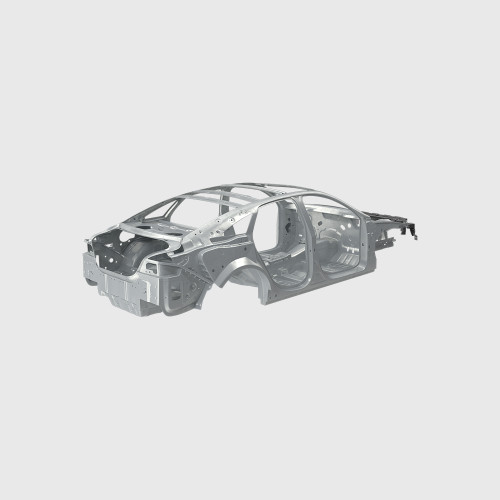A car frame without a chassis is the basic structure of a car that supports the body and mechanical components, but does not include the traditional chassis. The frame is typically made of steel or aluminum and is designed to provide strength and rigidity to the vehicle.
Without a chassis, the car frame relies on the body and the suspension components to provide rigidity and stability. This design allows for greater flexibility in the design of the car, as it can be customized to fit the specific needs of the vehicle.
The car frame typically includes mounting points for the engine, transmission, suspension, and other components. It also provides a platform for the body panels and other exterior components to be mounted.
A car frame without a chassis is typically finished in a white color, which provides a neutral background that allows the car's exterior color to stand out. The white color also provides a clean and modern look that is popular in modern car design.
Overall, a car frame without a chassis is an important component of a car's structure that provides strength and rigidity, allowing for the safe and efficient operation of the vehicle. The white finish gives the frame a sleek and modern appearance that complements the overall design of the car.
















